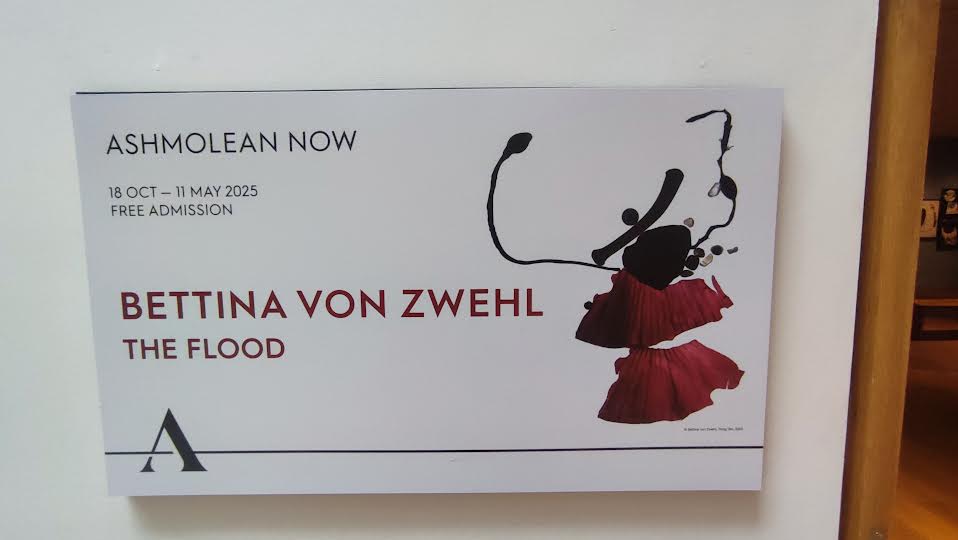People's History Museum - Gallery Two - Review
★ ★ ★ ★ ☆
Last week we explored the first floor of the People’s History Museum in Manchester. This week, the second floor. It is still cold outside, and I am still writing from the Museum’s café. My coffee has grown cold, and I am wondering if I am going to make it to my second potential visit, or whether I best call it quits and head back home. It is supposed to snow again tonight, and I’m quite tempted by the loaf of bread, freshly baked this morning, waiting for me back home – that is, unless my housemates have already devoured it. Who’s to say.
 |
| Image via Manchester Evening News |
However, for now, I am still in the People’s History Museum. After being
thoroughly impressed by their first gallery, I now turn to their second.
Walking further up the stairs – which look out on a rather glum, albeit
contemplative, view of the River Irwell – the entranceway is much the
same. The same explanation of colour is printed here, again alongside a list
of themes to be encountered throughout the gallery.
Much of the successes and techniques of the lower floor are continued up here,
to no one’s surprise. The Passport Trail continues, as does the Fight for
LGBTQ+ Rights. Rather than reiterate last week’s praise, I will instead turn
to novel successes within this gallery.
Firstly, an interesting item of note, because of its relative recency. In a
cabinet, at about shoulder level and worn by a mannequin torso, is MP Angela
Rayner’s jacket. This is remarkably iconic – perhaps because I spent a good
few years as a politics spectator – and was worn during her headline
appearance at PMQs on 16 September 2020. It was interesting to see something
so recent included here but spoke to the fact of the continued history of the
working-class, rather than it being merely a historical phenomenon.
Following this, in a rather playful manner, there is a picket line marked onto
the floor which, when crossed, triggers an audio of strikers chanting ‘Scab!’
at you. I watched a few people cross it without realising that it was them who
had triggered the audio, but it was a fun inclusion.
The information given in the section on strikes was admirable. Alongside big
hitters such as the 1984 Miner’s Strike, panels explored and explained the Red
Scar Mill strike – an ultimately unsuccessful strike formed by predominantly
south Asian immigrants that wasn’t backed up by the bigger union
organisations.
Throughout the gallery, non-white, migrant and immigrant voices are platformed
in a successful manner, weaving in their place in labour history alongside
better known aspects and angles. Global histories too are placed within the
gallery, in manners greater than a simple nod. A panel alongside a section on
Thatcherism talks of Chile, Allende and Pinochet.
 |
| Image via People's History Museum |
As with the floor below, the navigability of this space is laudable. It can, and often is, followed linearly. Conveniently, the history of Labour Movements is treated cumulatively, so that a chronological route builds on itself thematically. However, multiple entrances and exits to each of the thematic displays allows for deeper connections to be formed. If I were to return, I would try to purposefully take a different route – a method I believe will allow for new and deeper understandings.
Finally, within this floor, we find another great success in the form of a
window into their textiles laboratory. A conservation room – currently quiet –
can be viewed, zoo-like, from a large, open display on banners. Banners hang
throughout the museum, and are used to develop the themes of displays, or to
highlight certain sections or chapters in working-class history. Many of these
banners have notes from the conservationists on them, illuminating patches of
damage or techniques of restoration. Here, in gallery two, we are invited to
spectate such processes.
 |
| Image via People's History Museum |
Multiple large tables hold a few banners, which are currently being conserved. Glass pen, scrawled on the window, gives descriptions and explanations for these banners. Microscopes invite visitors to inspect samples of fabrics. The inclusion of the technical and preservationist side of the museum is brilliant, akin to the viewable conservation workshops in the Whitworth. I would love to come back and see the conservation in action. While the technical aspect of conservation isn’t my immediate cup of tea, it is excellent to see the hard work of that side of the museum be visible to viewers. I’m always a fan of any method of allowing the visitor to actually see the museum.
Again, there isn’t much more that I can say apart from that I am a big fan of
this place. This was my first visit here, and it definitely won’t be the last.
A more detailed exploration of the political activism within this space, and
their use of language within gallery text would be fascinating to conduct, but
perhaps too big of a fish to fry at the moment. I will definitely be back. Oh,
and as another plus, the coffee isn't half bad for museum café standards.
Congratulations all round.



Comments
Post a Comment